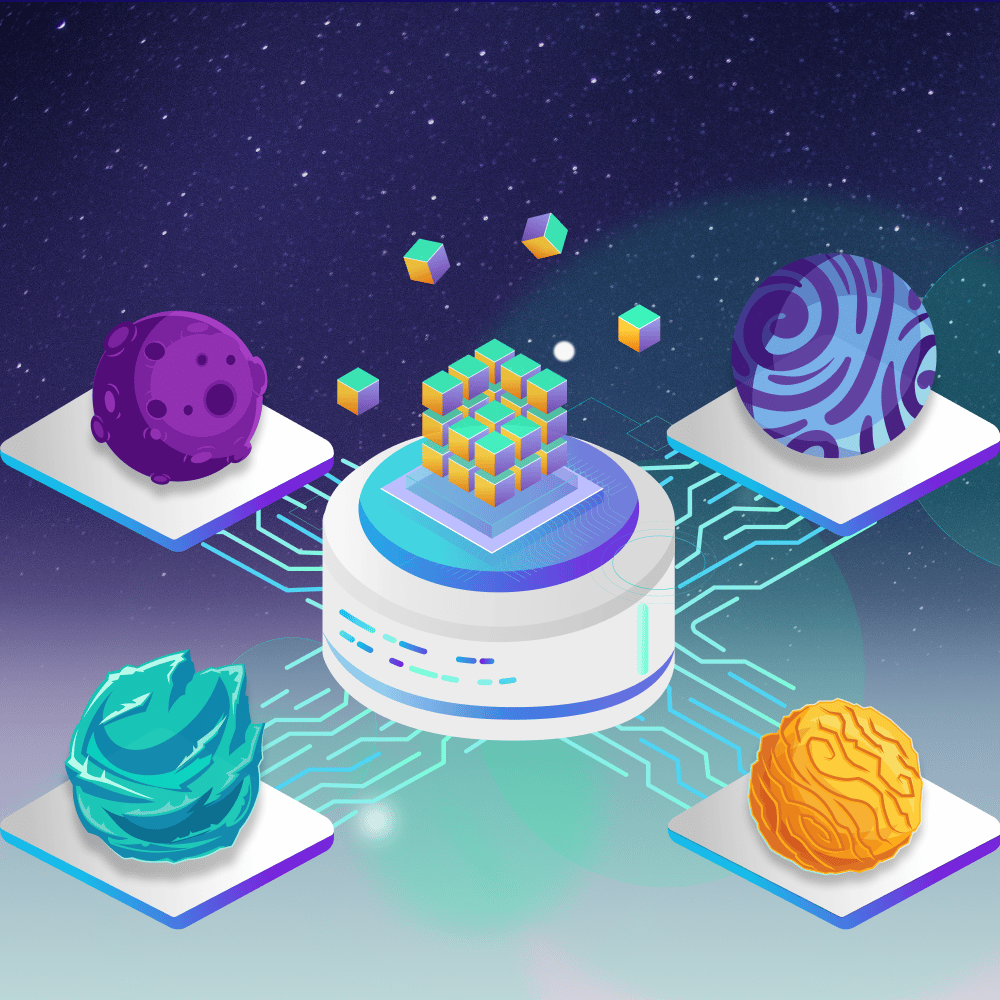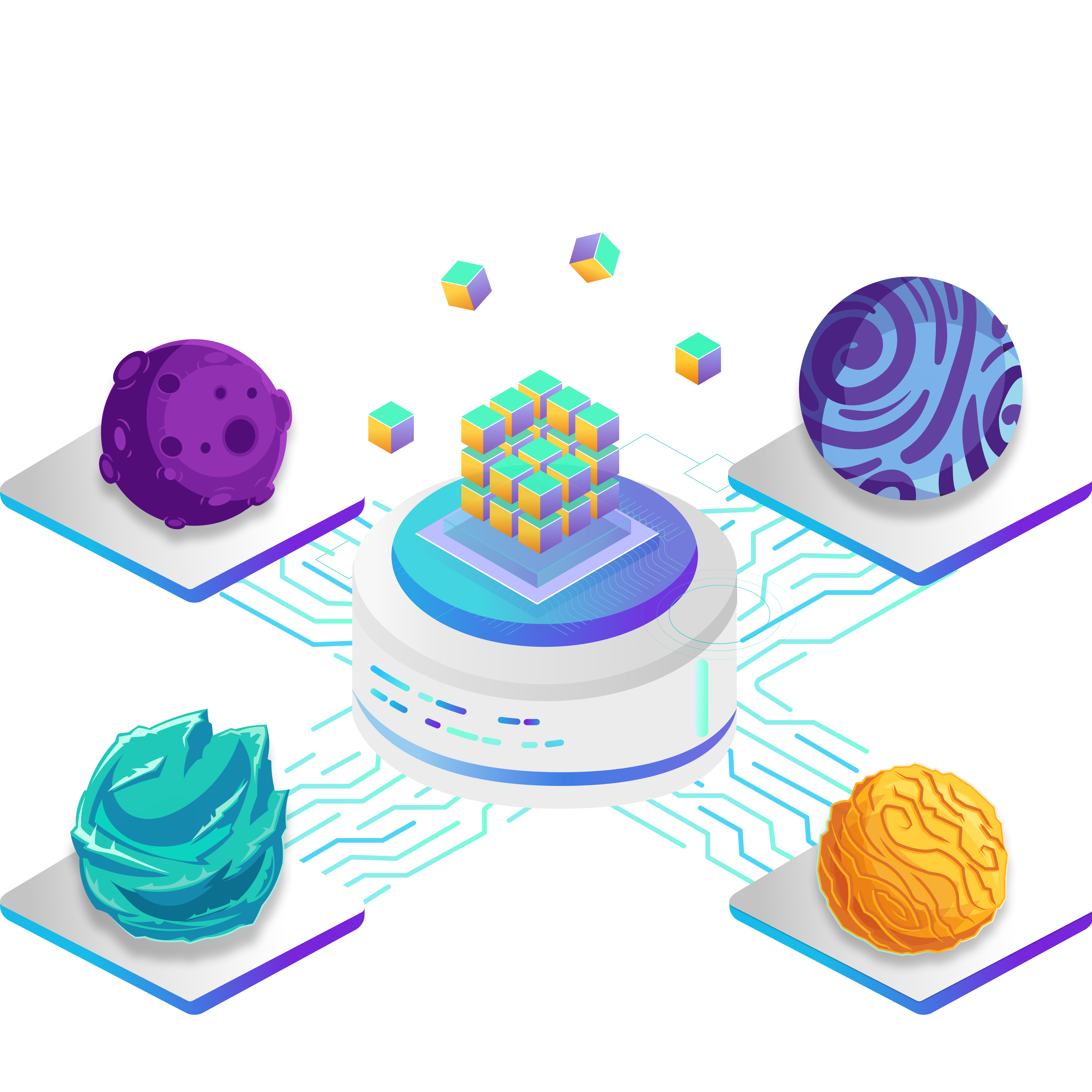Today’s Internet is run by corporations: they collect user data, impose their own censorship, and even block content. Supporters of the concept of Web 3.0 propose to change the rules of the game, and put the user back in the driver’s seat. In the article we consider the history of the development of the Internet, its future, and examples of products already implemented under the concept of Web 3.0
What is Web 3.0
Internet Web 3.0 is the concept of the development of the next generation of the Internet, which is built around decentralization. Users will be able to manage content without corporate censorship and regulations. The concept makes the Internet freer.
The official meaning of the term Web 3.0 was formulated by Jason Calacanis in 2007. He talked about a single platform on which users will be able to create content. He did not describe the platform itself, only set the idea.
Marketing expert Gilles Disy, in 2020, talked more about what Web 3.0 is: It is not about a single platform, but about the unification of multiple systems that must follow certain principles. We will discuss these in more detail later.
How the Internet developed
The Internet evolved without a conscious division into specific eras, though we can look back now and identify some generalities. First there were simple one-page sites, then new functions were added step by step, and over time humanity discovered that the infrastructure and concept of the Internet had changed. At this stage, experts were able to identify previous eras, draw conclusions, and formulate ideas for the Internet of the future.
Web 1.0. The first era of the Internet can be considered the period from 1991 to 2004. The way the Internet worked was that a webmaster published content and users viewed it. At first, only the reading function was available. There was little to no recorded music or video watching. Sites had a simple design, with almost no additional features.
In theory, anyone could publish content back then, everyone was an equal participant. But in fact, this required technical skills, so most users remained readers rather than authors.
Amazon was ahead of its time when it launched its first website in 1994 as a bookseller, and allowed users to leave product reviews.
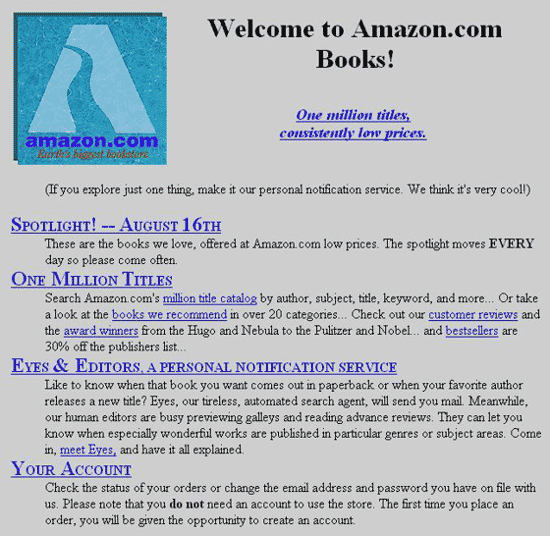
At the end of the era, forums and chat rooms began to appear, where users started to communicate and thus create their own content. Do you remember ICQ? It was launched in 1996, and it peaked in 2001.
Web 2.0. The second era of the Internet can be considered to bet the period from 2005 to the present day. In 2005, Tim O’Reilly, an American publisher and activist for free programming, published an article entitled «What Is Web 2.0?», in which he described the previous era and divided internet history into two periods.
Web 2.0 became a tool for socialization. All sorts of platforms appeared where users could create accounts, post photos and videos, and exchange messages, from cozy blogs, chat rooms, and emoticons of the early days to Instagram, Telegram, and TikTok now. Web 2.0 has prioritized communication and user-generated content.
But where there is an audience, there is also the desire to make money from it. User data has become a product for corporations. They have taken control of the platforms where users post information and content about themselves. Companies sell this data to advertisers and make money on it. Thus, over two decades, online empires have sprung up across the Internet.
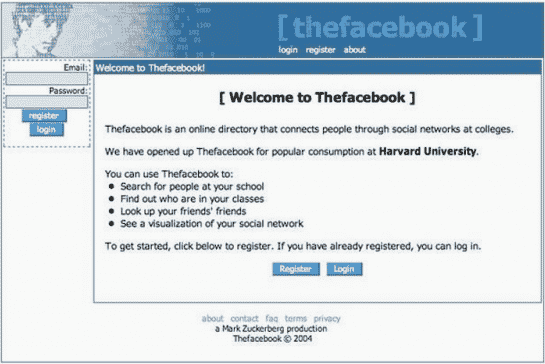
Web 3.0. The third era of the Internet has not yet arrived, only its descriptions and rudimentary technologies are available. In many ways the concept is a rejection of the shortcomings of Web 2.0, and offers opportunities to overcome them. What are these shortcomings, and how is it proposed to deal with them?
Disadvantages of the Web 2.0 Internet model
Today’s Internet has moved far away from one-page sites, with different functions, technologies, services, and platforms. Without letting go of our smartphone, we can order groceries delivered, watch funny videos with kittens, turn on the washing machine, and send money to mom. But aside from the development of the concept of Web 2.0, there are also many shortcomings.
Content on platforms does not belong to users. When registering on a platform, the author agrees to a contract of offer. For the most part, Internet platforms are owned by corporations, such as Meta and Mail.ru. Legally, these companies have the right to use user data, share it with advertisers, target them, and own the content users create.
Users have their own advantages: if you create popular content, you can quickly gather an engaged audience and monetize the content. But if the company wants to, it can block this option at any time.
Companies censor the publication of content. Over time, the content that users publish has ceased to be free. Companies censor publication, sometimes of information that cannot be published according to the laws of a country, sometimes of something that is harmful to the company itself.
Data is stored on multiple servers that can be hacked. Previously, website owners bought servers themselves to store and process information. Now you can rent them from Amazon, Yandex, Microsoft, or the like. It turns out that almost all user data is stored in several processing centers, like in banks. The storage facilities are protected by security infrastructure, but hackers can still break into them and use the data for their own purposes.
What the Internet Web 3.0 will be like
At the moment Web 3.0 is not implemented as a product. There is, however, an ongoing process of concept formation and crystallization of principles. Here are some of them:
Data will be stored in a decentralized manner. Data is now stored in multiple data centers and controlled by corporations. Web 3.0 offers to distribute data among users. Computing will move from data centers to users' laptops, smartphones, and smart gadgets. Thus, the concept of data ownership monopoly will be broken.
OrbitSoft also uses decentralization in its projects. For example, when developing a bot for trading on an exchange. The given task was to create a tool that would be able to follow the movement of currencies on the exchange, carry out analyses and forecasts, and make offers to buy to an investor. You can read more about the project in this article.
The content will belong to its authors. If an author has the rights to content, he or she can dispose of it without regard to censorship or platform requirements. For example, they can sell it to other users without intermediaries.
Gilles Disy gives the example of blockchain technology. It’s an open registry on the Internet that describes who owns what, from money to property rights. Each new entry in the registry links to the previous one, and thus forms a chain. In Web 3.0, blockchain will secure ownership not only of money, but also of content.
Developments will be open source. Today corporations can close access to the code of their platforms and services, meaning an outsider will not be able to look at it, much less make changes. In Web 3.0, developers must reveal the code for of all their products. This will allow users to see how tools are built from the inside, and how exactly they interact with users. Dapps, or «decentralized apps», will become the norm.
OrbitSoft has open-source projects: check them out on GitHub.
Communities will moderate content. At present, content is moderated by corporations: they impose censorship and publishing rules. This limits freedom of expression and the availability of information.
Web 3.0 proposes the creation of a decentralized autonomous organization, the DAO, instead of monopolized governance. Everyone who publishes content on the Web would get a vote, and be a part of determining the usefulness of content. It would be something like a global karma system.
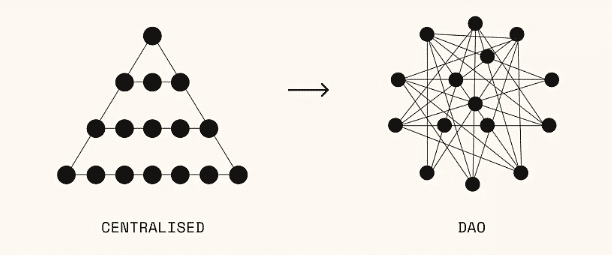
Artificial Intelligence Development. More functions, services, and algorithms will appear in the decentralized Internet, which will simplify the interaction between users and content. For example, information selection systems based on preferences, search bots, and translation services from one language to another. The main difference from Web 2.0 with the new artificial intelligence will not be technological, but value-based: the tools will serve not to the benefit of corporations, but to the benefit of users.
| OrbitSoft uses artificial intelligence in its projects. For example, for a large Canadian advertising company, we developed an algorithm that increased the viewing time of commercials. You can learn more about the project in the case study. | Case: how an artificial intelligence advertising service increased revenue by 10% |
